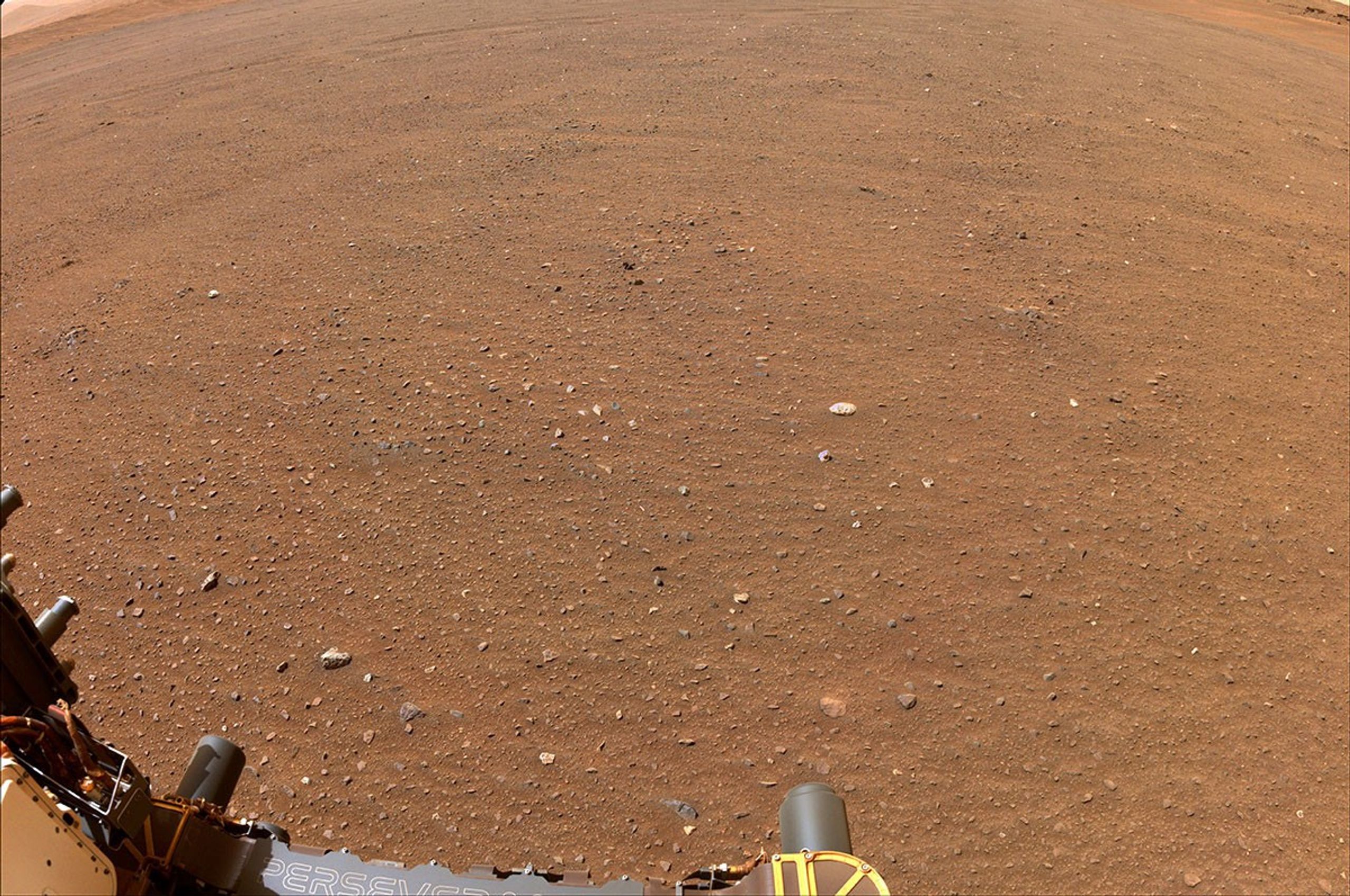Dozens of samples of rock and sediment collected from Mars that could be used to detect ancient microbial life could be returned to Earth as soon as 2035 and as late as 2039, depending on the course of the next few months, NASA announced Tuesday.
The agency has collected 30 samples on the red planet but the cost of getting them back had delayed the Mars Sample Return mission. It was initially estimated at $11 billion, with a 2040 return date: a price tag and timeline that administrator Bill Nelson explained was “simply unacceptable.”
Now, the U.S. space agency says it is exploring a pair of less expensive options, and making its final decision on which to pick likely by next year.
NASA could use what had already been previously tested and successfully used: the Sky Crane landing system that had been used to lower the Curiosity and Perseverance rovers to the Martian surface. That would cost between $6.6 and $7.7 billion.
Alternatively, they could pick a heavy lander devised by existing commercial partners. That would be cheaper, ranging between $5.8 to $7.1 billion.

“Either of these two options are creating a much more simplified, faster, and less expensive version than the original plane,” Nelson told reporters at a briefing.
He said that the function of when the return good be done is dependent upon the new administration, Congress, and how much money they would want to spend.
In April of last year, NASA said it was seeking innovative designs to return valuable samples from Mars to Earth.
“Such samples will not only help us understand the formation and evolution of our solar system but can be used to prepare for future human explorers and to aid in NASA’s search for signs of ancient life,” the agency said.
This is a breaking news story. Please check back for updates.







